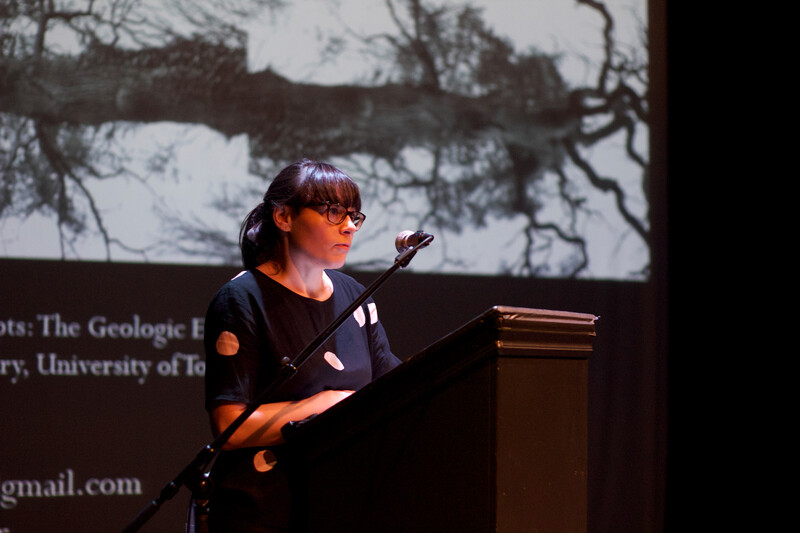
Offering a curatorial perspective on the Anthropocene, Anna-Sophie Springer's presentation takes its point of departure from the juxtaposition of two drawings. First, the German explorer Alexander von Humboldt's panoramic map of the Andes, from 1851, showing a set of steep mountains covered with strata of different types of green forest, rock, and ice; second, American artist Mark Dion's colour pencil work Anthropocene Monument, from 2014, with its compacted pylon of mineral and fossil resources and anthropogenic soil. While the former image is one of the earliest modern cartographic representations of geology and botany as understood in relation to geography and climatic zones, rendering visible for Western science nature as a complex system, the latter schematically depicts the long-term impact of a single species—our own—within the geological subsoil of the planet. Arguing that current matters in natural history are more messy than either of these layered images seems to suggest, Springer will discuss her current research and previous exhibitions and publications which have engaged a complex spectrum of species and spaces to create possible affective and conceptual affinities beyond representation, provoking instead new concepts for increasingly turbulent times.
Curating the Anthropocene: A Palimpsest of Species & Spaces
- Presenter
- Anna-Sophie Springer

The Blackwood
University of Toronto Mississauga
3359 Mississauga Road
Mississauga, ON L5L 1C6
[email protected]
(905) 828-3789
The galleries are currently closed.
Facebook | Twitter | Instagram
Sign up to receive our newsletter.
The Blackwood is situated on the Territory of the Mississaugas of the Credit, Seneca, and Huron-Wendat.